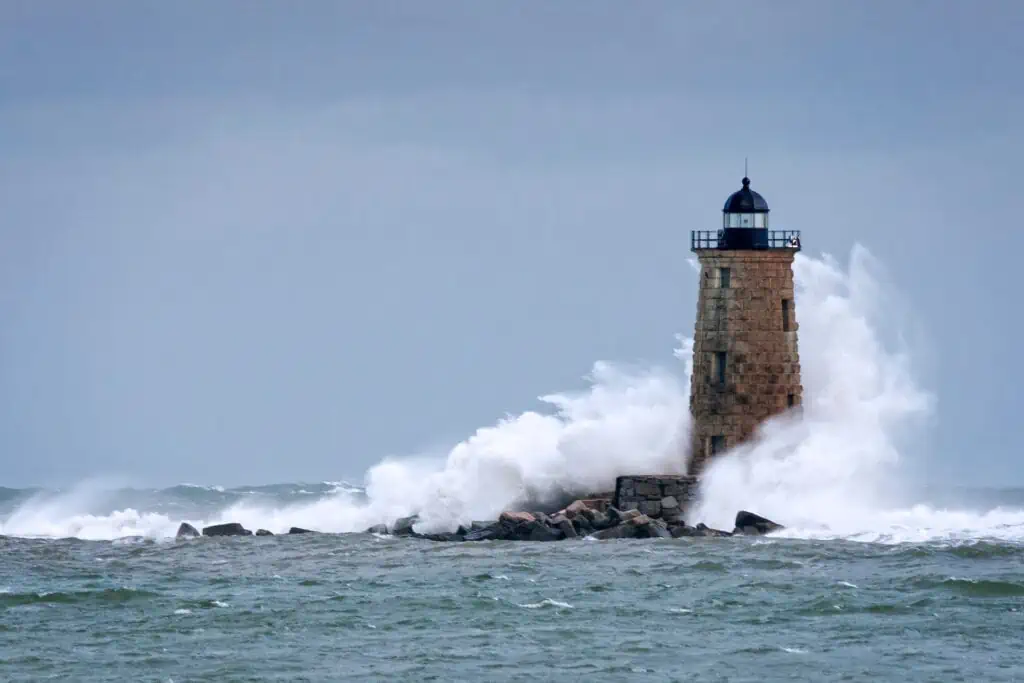There are a wide variety of winter events that can impact energy pricing. Some of the most notable are El Nino, La Nina, and the Polar Vortex.
This winter we are currently in an El Nino pattern which typically brings warmer-than-average temperatures and more precipitation for the Northeast.
What are El Nino and La Nina Events?
El Nino and La Nina events occur when sea surface temperatures along the equator change. When they warm, an El Nino can form. When they cool down, a La Nina can form.

How El Nino Affects Energy Prices
An El Nino produces warmer than average temps over the west and northern parts of the country while the gulf coast and Florida see wetter weather. The Ohio valley and pacific northwest see drier than normal conditions during these.
Since El Nino weather is usually a bit warmer and drier, buildings on the grid require less heating during the winter which drives electricity and gas prices down.
How La Nina Impacts Energy Prices
A La Nina event is often classified by a polar jet stream that usually causes warmer weather in the South, but colder weather in the North. The north also experiences more precipitation.
La Nina winters create more need for heating on the grid, which drives electricity and gas prices up.
Polar Vortex
A polar vortex is, essentially, a large expanse of cold air constantly swirling around the poles of the Earth. During the winter, the North Pole’s polar vortex grows and moves cold air south. When the cold air gets into a strong jet stream, it’s dispersed and often lingers in the northern part of the country, creating more demand and thus higher prices.
You may recognize this term as the polar vortex brought a frigid winter to New England 2014/2015, which significantly spiked winter energy prices.
There are a few factors that determine how and where the polar vortex’s cold air could go including solar minimums and maximums as well as the amount of arctic sea ice
With winter well under way, it is important to start listening to forecast predictions and watching the electricity and natural gas futures market movement. There is opportunity to capture lows at this time, but there is also potential to hit all-time highs.
As energy consultants who obsessed with weather forecasts and markets, we take the guesswork out of predicting when to buy during these volatile times. To do this, we use a variety of trading rules and proprietary algorithms that look at a whole host of factors to make recommendations to our clients of opportune and inopportune times to purchase.
The goal here is to ensure our clients’ energy contracts are protected from volatility while capturing market dips.
For a more specific outlook on how this winter’s weather will affect your current and future energy contracts, contact us today!
